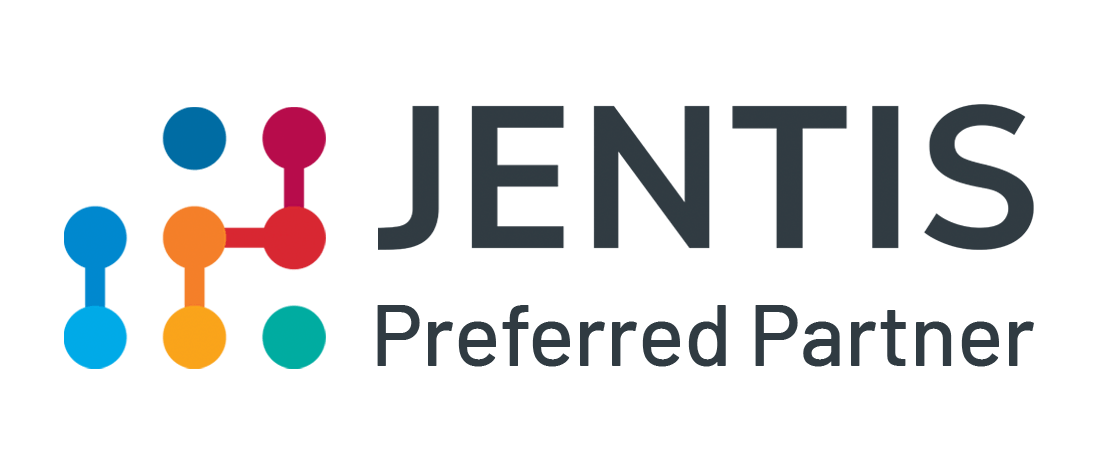Marketing organisations today are surrounded by more data than ever before. Platforms like Google Ads, Meta, and LinkedIn generate endless campaign results, while customer journeys across websites and apps add even more complexity. Traditional processes for preparing and analysing this information are slow, repetitive, and prone to human error.
AI-driven data processing is redefining this reality. By automating key steps and applying intelligent models, marketing teams can move from data overload to clear, actionable insights. In this post, we highlight 3 practical use cases of AI in marketing analytics that are already changing how teams work and make decisions.
Use Case 1: Turning Data Overload into Actionable Insights
Traditional analytics workflows in marketing rely heavily on manual effort. For example, they often involve exporting performance data from Google Ads, Meta, or LinkedIn, merging it into spreadsheets, and building dashboards before results can be reviewed. This process is time-consuming and leaves room for human error.
AI-driven methodologies change this by automating campaign reporting. Models can clean inconsistent data, align metrics across platforms, and deliver structured results ready for analysis. For instance, instead of manually comparing cost-per-click across different ad channels, marketing teams can rely on automation to instantly highlight where spend is most effective.
In practice, marketers can automate tasks such as pulling data from multiple ad platforms, cleaning inconsistent metrics, and feeding them into dashboards. These tasks would otherwise take hours in spreadsheets. To make this possible at scale, many organisations use platforms such as BigQuery or Snowflake. These tools automate large-scale data processing behind the scenes, ensuring that campaign results from multiple channels are delivered as clean, ready-to-use data. With this foundation in place, businesses can respond to changes in near real-time, turning vast amounts of raw information into insights that are ready to act upon.
Use Case 2: Making Analytics Accessible Across the Team
AI does not only make data faster and more accurate; it also makes it easier to understand. Large Language Models (LLMs) can translate complex campaign data into natural language explanations.
Instead of scrolling through dozens of charts, a marketing manager might simply ask, “Which channel delivered the best ROI last month?” or “Why did conversions drop last week?” and receive a clear summary highlighting the key factors.
Solutions like ChatGPT or Claude, when integrated through systems such as Model Context Protocols (MCPs), show how natural language interfaces can make marketing analytics easily accessible for everyone without technical know-how. Insights are no longer locked behind technical dashboards that only specialists can interpret. Marketing teams can access and understand performance data in ways that directly support their goals. As a result, analytics becomes an everyday tool for making smarter marketing decisions.
Use Case 3: The Human + AI Partnership
While automation brings speed and scale, human expertise remains essential in marketing analytics. AI-driven models excel at detecting issues, such as a sudden drop in campaign clicks, but they cannot explain the full story behind those changes.
For example, AI might flag that conversions on a campaign fell overnight. A marketer, however, can see that the drop was caused by something outside the data such as a broken link in the ad or a temporary website issue. This partnership creates the best of both worlds: data processed with efficiency and insights grounded in real-world understanding. In this way, AI supports marketers by handling repetitive work such as pulling weekly reports, monitoring for anomalies, or checking for broken tracking links, while humans focus on strategy and decision-making.
Conclusion: Future-Proofing Marketing Analytics with AI
These 3 use cases: managing data overload (Use Case 1), making analytics easier to understand through natural language queries (Use Case 2), and combining AI with human judgement (Use Case 3), show how AI is already reshaping marketing analytics today. By reducing repetitive tasks, improving accuracy, and speeding up insights, AI helps marketers make smarter decisions with less effort.
Looking ahead, automation will go even further. Emerging systems can already detect broken tracking tags automatically or alert marketers when campaigns need attention, such as a sudden drop in clicks or a spike in costs. These developments show how AI will increasingly handle the repetitive, behind-the-scenes work, giving marketers more time to focus on creativity, strategy, and growth.
The key is to embrace automation as a complement to human expertise. Marketing teams that combine AI efficiency with human judgement will unlock the full value of their data and stay competitive in an environment where marketing data updates faster than ever.
The future of marketing analytics is automated, and the marketing teams that start adopting AI-driven methodologies today will be best positioned to thrive tomorrow. If you would like to explore how automation can be applied in your marketing analytics setup, we are here to help you design and implement a strategy that fits your business needs. Get in touch with us to take the next step.









